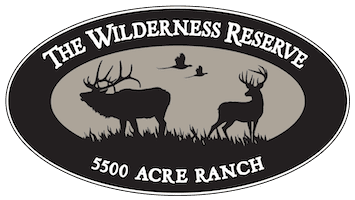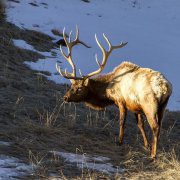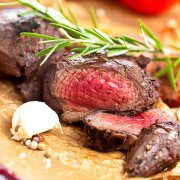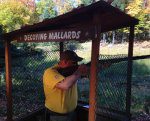Rocky Mountain Elk Hunting: Elk Talk
Experienced sportsmen know that the most successful hunters are those that study and understand the game they hope to capture. Knowing the animal’s daily movements, habitats and behavior gives you an edge in the wild, and creates an unspoken connection between the hunter and the hunted. And if you are hoping to experience the successful thrill of a Rocky Mountain elk hunt, it’s helpful to interpret the creature’s communications.
Understanding Rocky Mountain Elk Calls
Like all animals, Rocky Mountain elk have a diverse set of communication signals with different meanings. For elk, communication involves vocal calls, scents and movements that vary, depending on the time of year. There are four main types of elk calls, each used with different pitches and in different combinations to convey the intended message.
- Bugles: This is the most familiar of elk sounds, as it can be heard over long distance. Bulls bugle to announce their presence to competitors and cows, sometimes to indicate their strength and readiness to fight and sometimes to impress the cow. Challenge calls are often followed with grunts or chuckle sounds.
- Chirps, mews, and squeals: These softer sounds are typically used to communicate in everyday conversation.
- High-pitched squeals: This is the distress signal from a newborn calf to its mother, and the cows can identify their offspring by their individual squeal.
- Barks: The barking noises are warning signals, given sharp and loud. A cow will sound off a long, drawn out mew when she’s injured or trapped.
The bugles of each bull are singular to that animal, and can be useful to hunters in locating the bull as well as determining the size because older, larger bulls will have a deeper bugle. With such a wide range of sounds, it can take some time to gain insight into elk behavior. But it is an extremely useful tool for the hunt, and is worth the time to study and learn as much as possible.
Hunting with Elk Calls
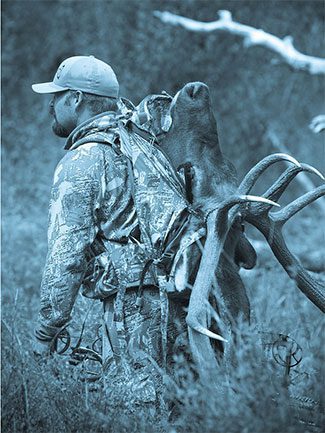 Many hunters believe your chances of capturing a trophy elk depend on mastering the elk calls. But opinions vary greatly about which calls are the best to use, and how and when to apply this hunting technique. It really comes down to the individual hunters’ style, as well as your ability to perform the calls accurately. If you aren’t good at it, you shouldn’t bother because a call done wrong, or used at the wrong time, can have the opposite of intended affects.
Many hunters believe your chances of capturing a trophy elk depend on mastering the elk calls. But opinions vary greatly about which calls are the best to use, and how and when to apply this hunting technique. It really comes down to the individual hunters’ style, as well as your ability to perform the calls accurately. If you aren’t good at it, you shouldn’t bother because a call done wrong, or used at the wrong time, can have the opposite of intended affects.
The best bet is to practice at home with a variety of calls, and consider each approach in relation to your hunting style. Whether you choose a diaphragm mouth call, a grunt tube, or an open reed style call, make sure you have plenty of practice in!
Using calls during the rut is said to be most effective, but using a raking call pre-rut can attract a bull, and bugle calls pre and post rut can alert you to the bull’s location. Be careful with bugle calls because the bull might move in the opposite direction. If you are near a herd, using an excited cow call can draw the bull in.
The Wilderness Reserve offers a convenient Midwest location for out West quality big game hunting! With a guided elk hunt at The Wilderness Reserve, you can enjoy the chance to catch the trophy of a lifetime on 5500 acres of premiere hunting land. Hunt packages include 3 nights lodging in one of our secluded cabins, with its own private lake for your enjoyment. If you’ve already got your trophy elk, check out this blog on Cooking Elk Meat for a Tasty Meal! Ready to experience the excitement of a big game hunt for yourself?
